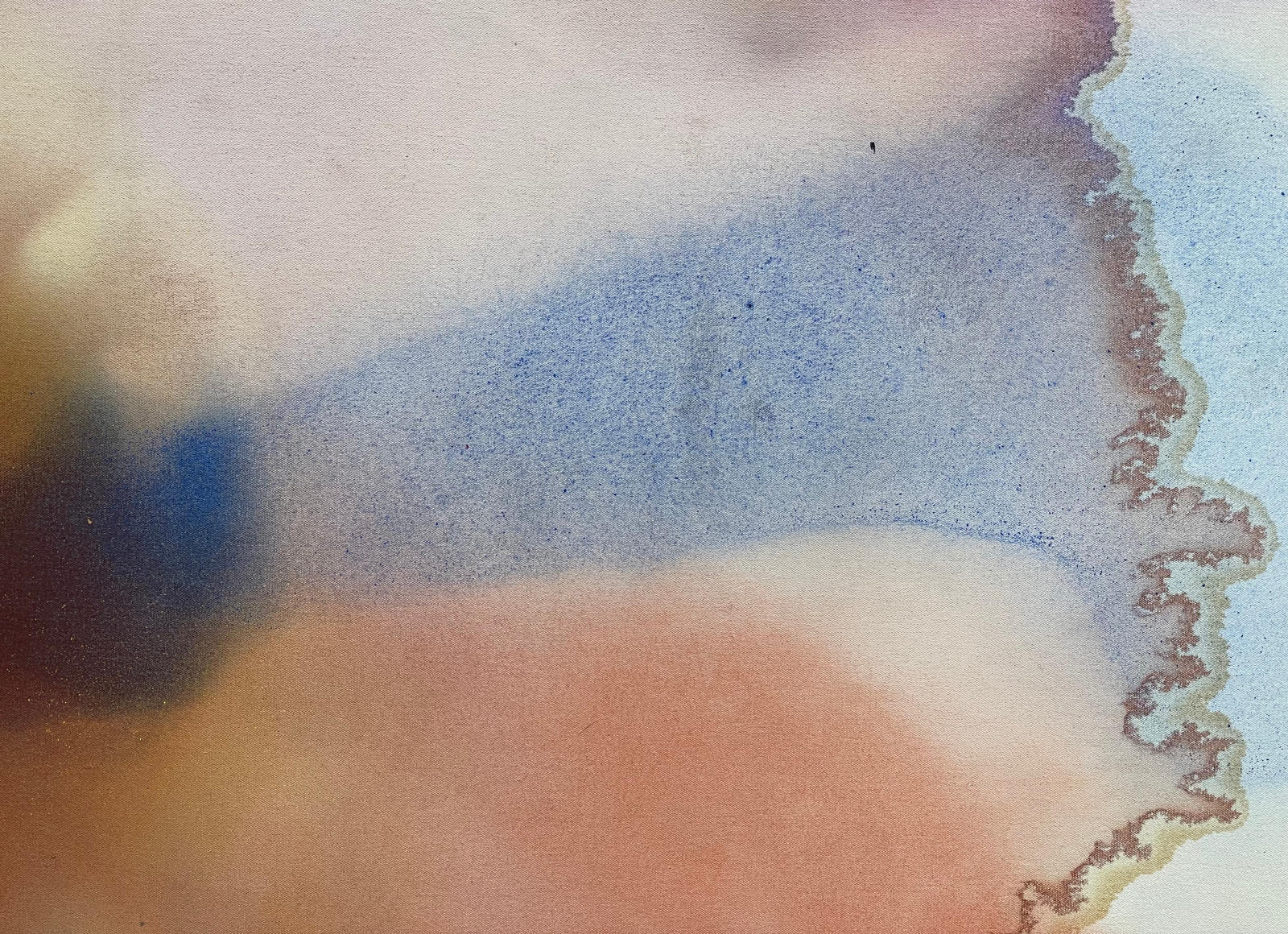







Framed: 39 x 52 inches
Marked: Vivian Springford Estate stamp (verso)
artist
Vivian Springford was born in Milwaukee, Wisconsin, and educated at the Spence School in New York City, and then the Art Students League. Born to a prominent family (her father was the former president and chairman of the board of Sevel, Inc, an early maker of refrigerators), she was pictured in The New York Times “Debutantes of the Winter Season in New York” in 1932.
Originally a portrait artist, she illustrated Albert Carr’s 1938 bookJuggernaut with portraits of twenty political dictators from the Napoleanic era to the early twentieth century. She was championed in the late 1950s by Howard DeVree, The New York Times art critic, and Harold Rosenberg helped Springford get her first show at Great Jones Gallery in 1960.
The show generated much excitement and was filmed in the movie Bowl of Cherries, in the film library of the Museum of Modern Art. Prominent collectors such as Leon Mnuchin purchased paintings from the exhibition.
Springford shared studio space with the Asian-American artist Walasse Ting for ten years, and helped him with the translations of his poetry. Through her association with Ting, Springford developed close contacts with artists such as Pierre Alechinsky, Sam Francis and Karel Appel. Springford wrote “My painting is my own small plot of energy, in terms of color and movement, in the universal whole.”
Springford also had a solo show at Preston Gallery in NYC in 1963, but became a reclusive artist after that, only showing in a few group exhibitions at the request of fellow artists and friends. She otherwise refused to sell or promote her own works. She worked in her NY studio through the mid 1980s until Macular Degeneration rendered her blind.
Having no immediate family, she was unable to leave her small New York midtown apartment. In 1998, a volunteer from United Neighbors of the East Side, which works with New York City''s elderly "shut-ins", was visiting with Springford and learned about a storage room in Chelsea that held her life's work. They visited the room and found more than 40 years worth of paintings and drawings covered in plastic and a decades worth of dust since the room was last opened. The volunteer brought samples of Springford's work to Gary Snyder, an art dealer known for his revisionist exhibitions of historically rooted art and artists. Snyder immediately recognized its importance and began the process of cleaning, restoring, and showing her work. Snyder's first exhibition of Springford's work in 1998 was nearly sold out before its opening.
When Vivian Springford died in 2003, Gary Snyder presented a memorial show that was well received. As the history of Abstract Expressionism continues to be explored and defined, Vivian Springford is emerging as an important figure, who developed a sophisticated and original stain style of painting.







